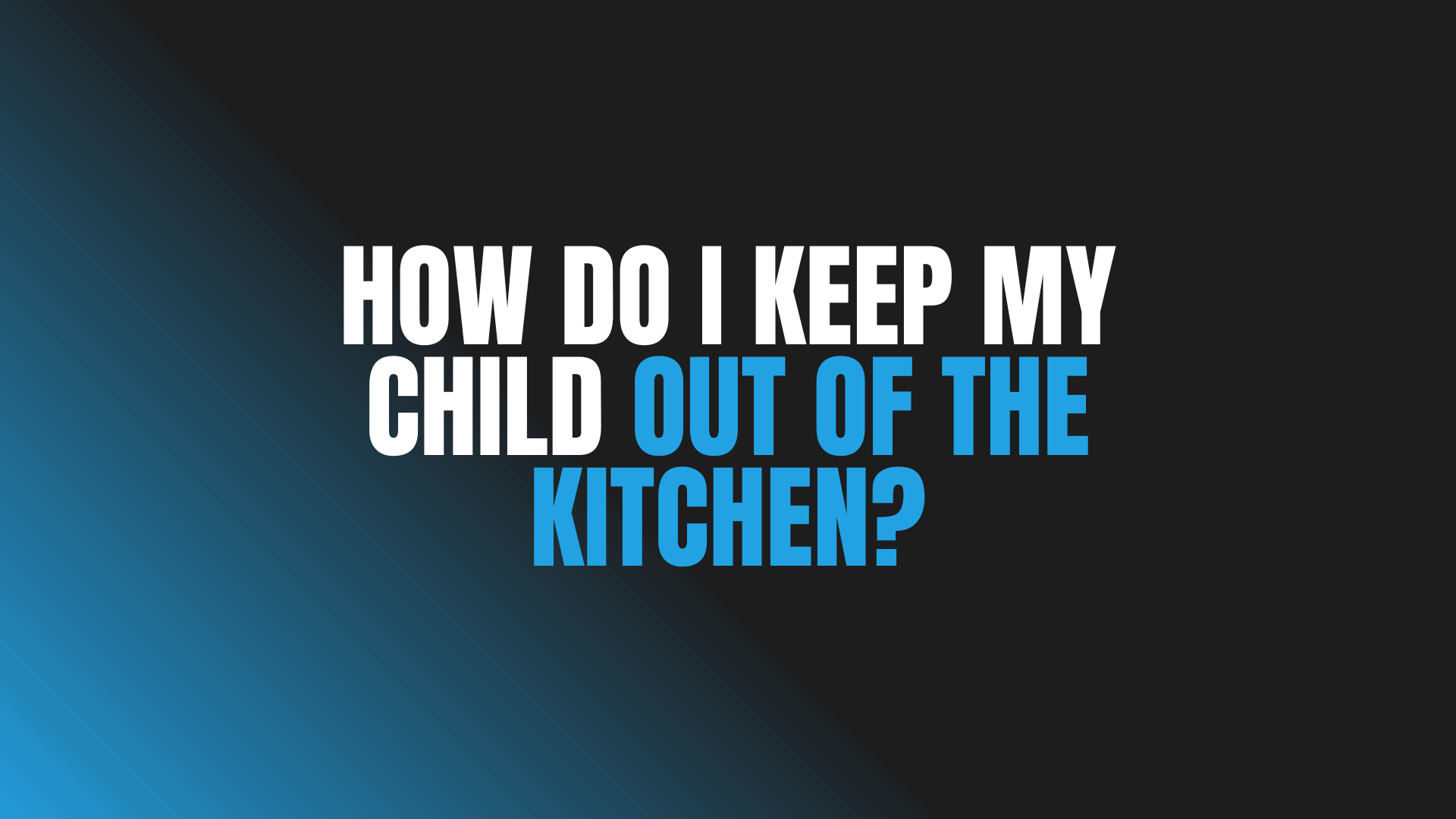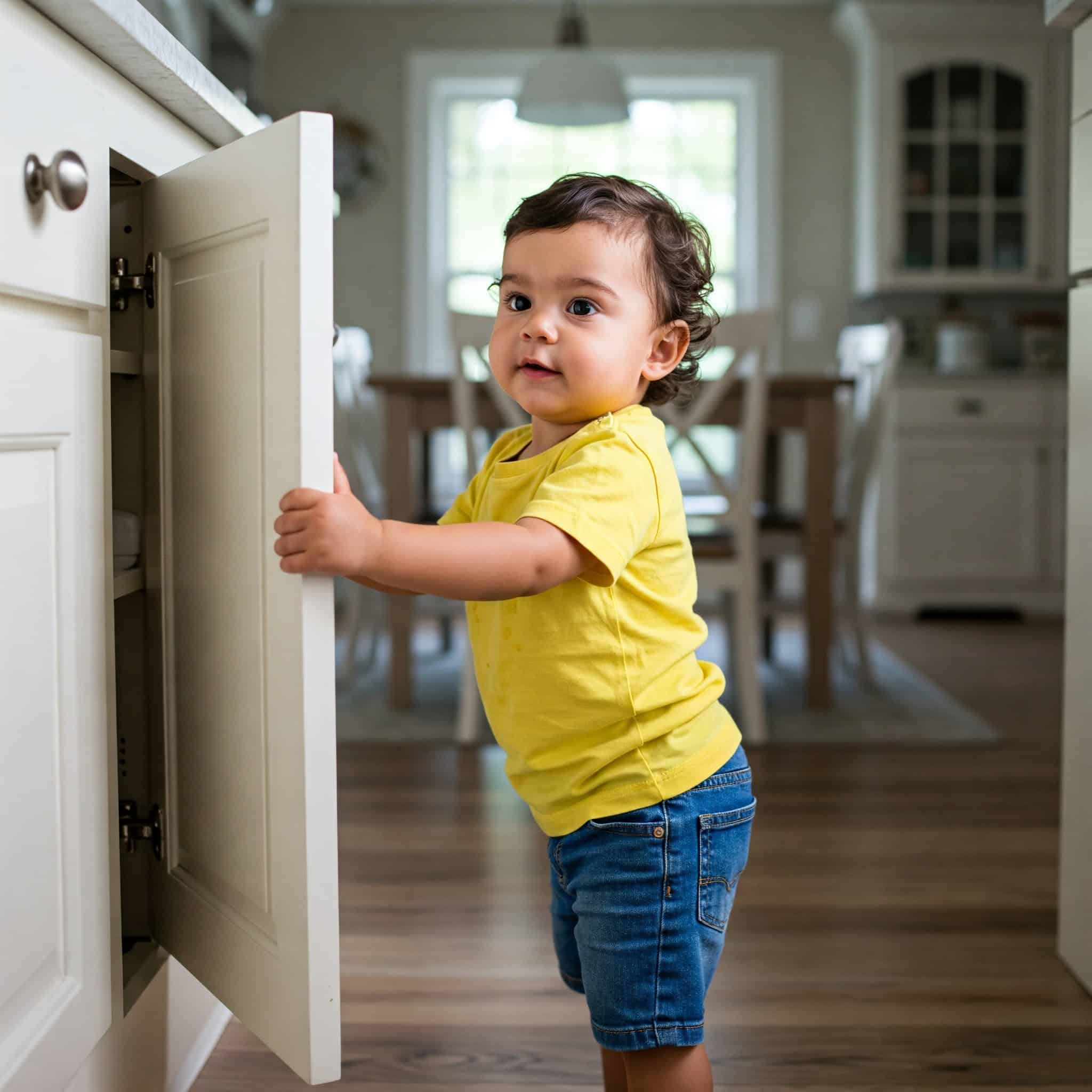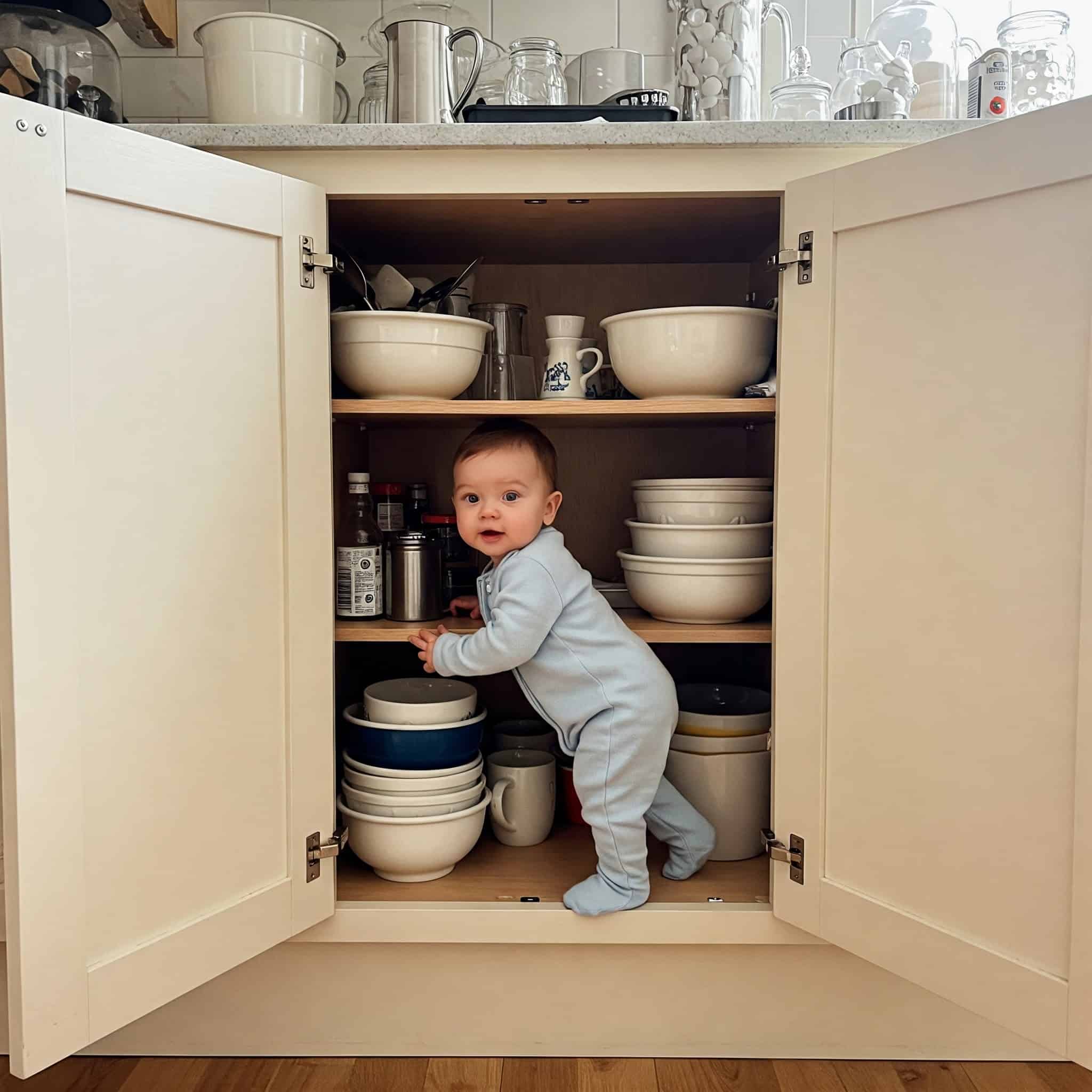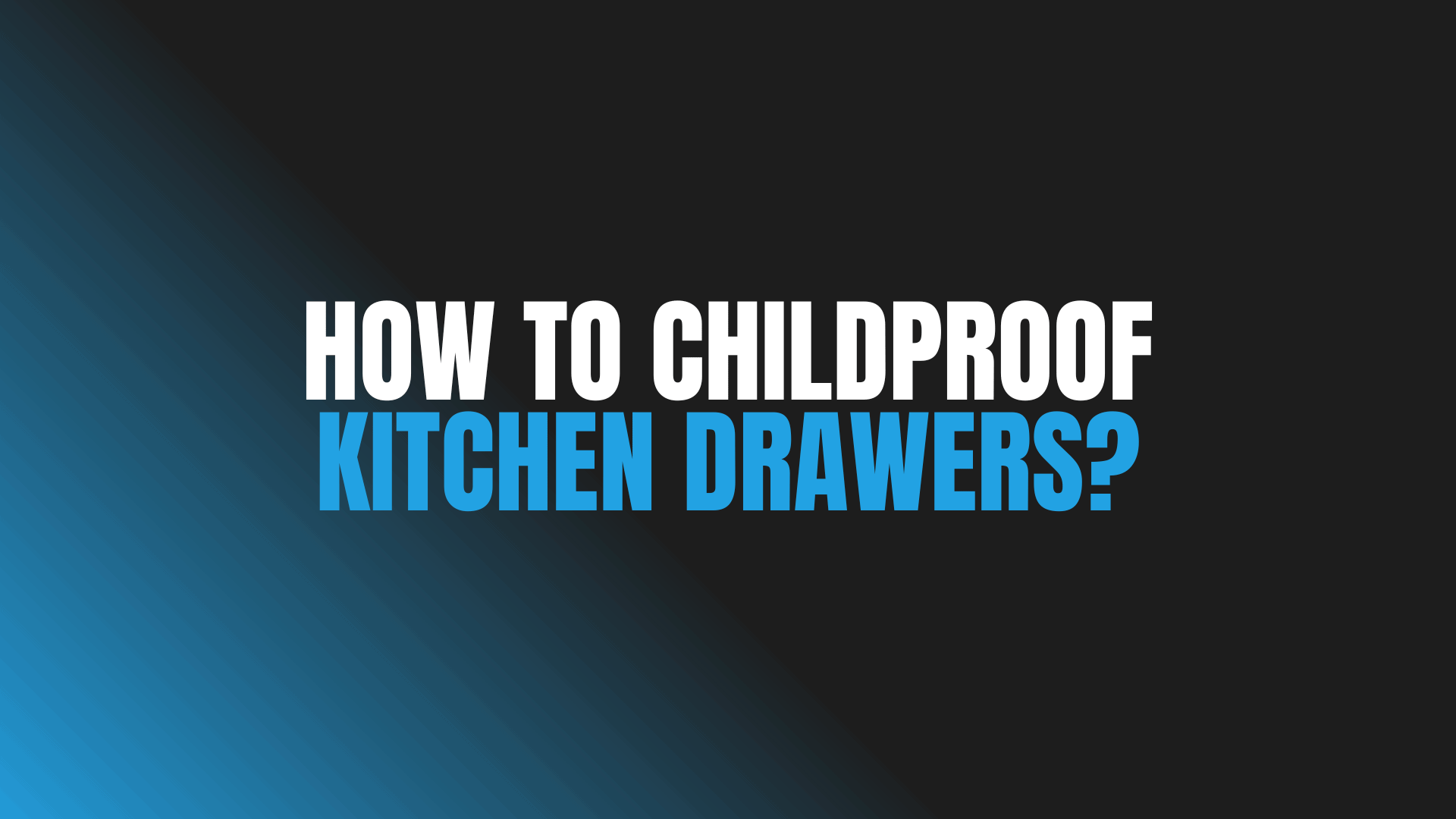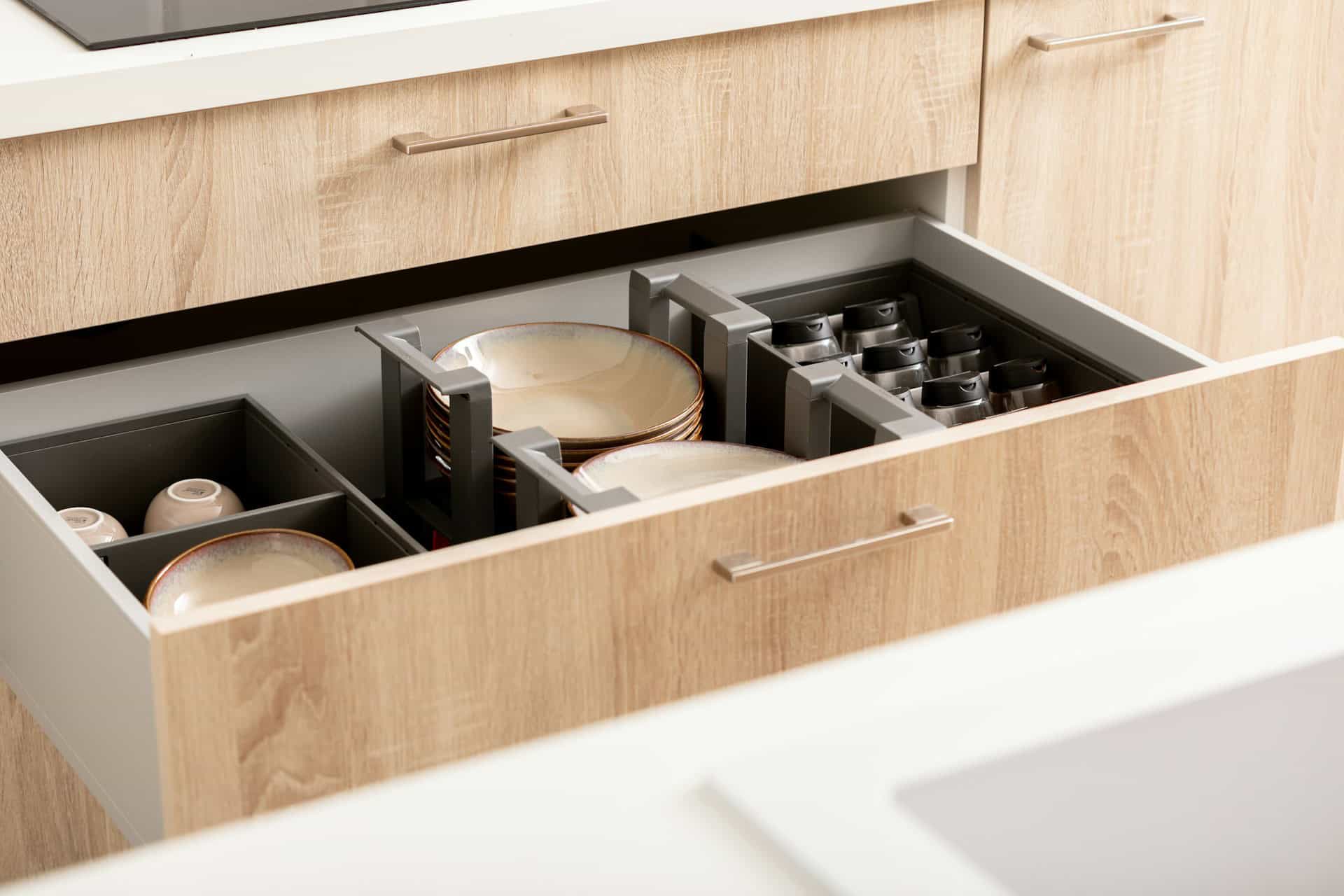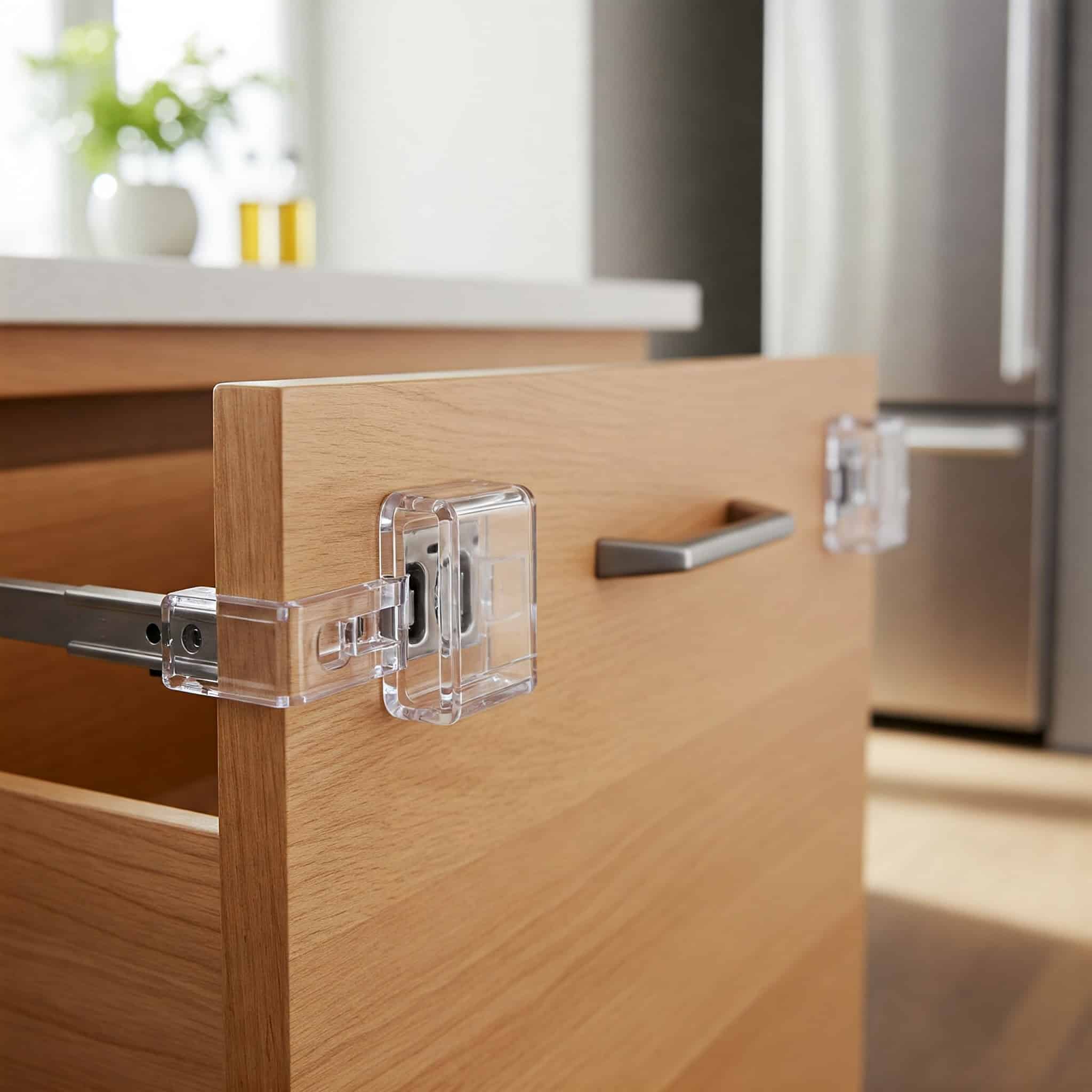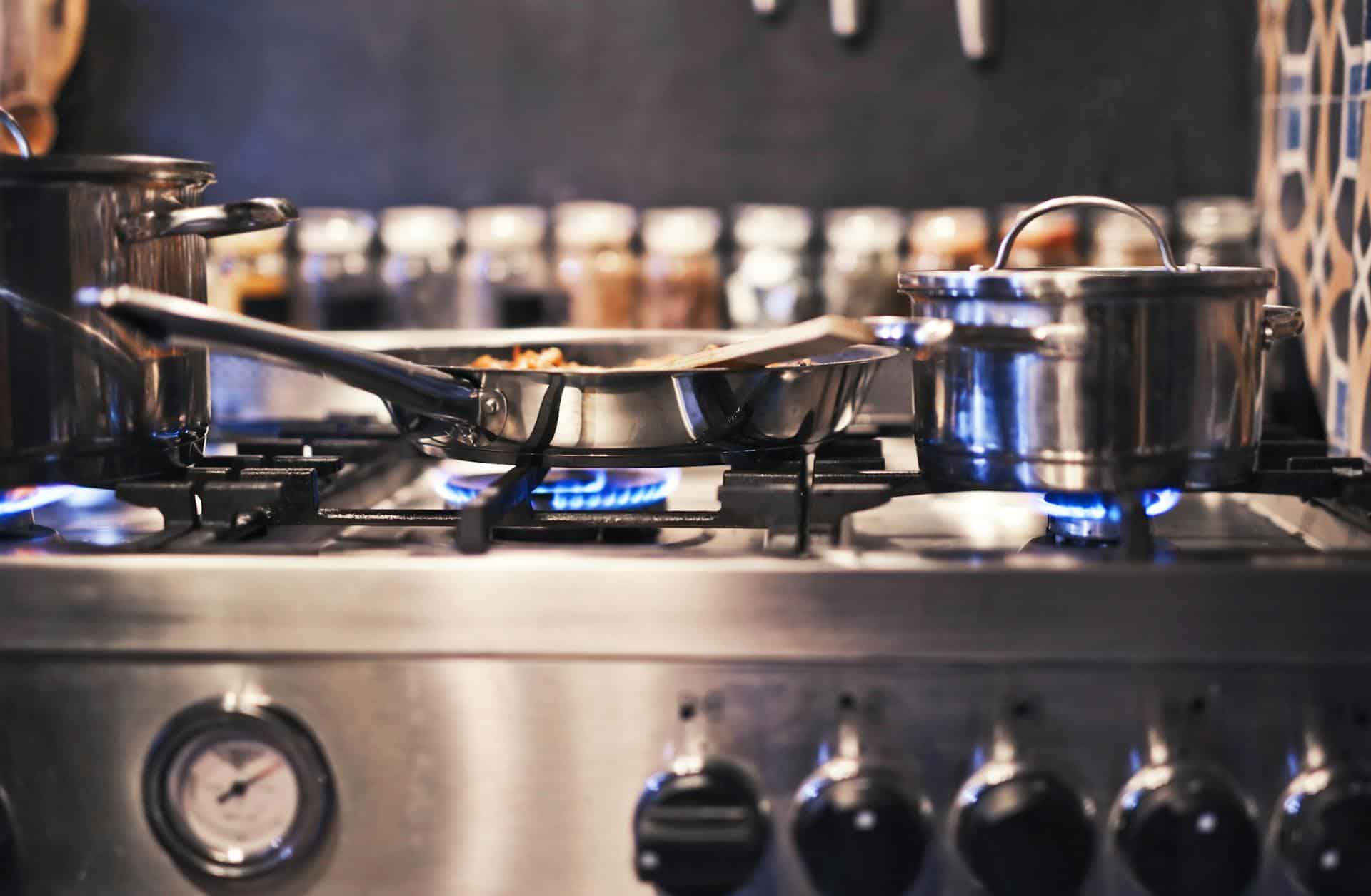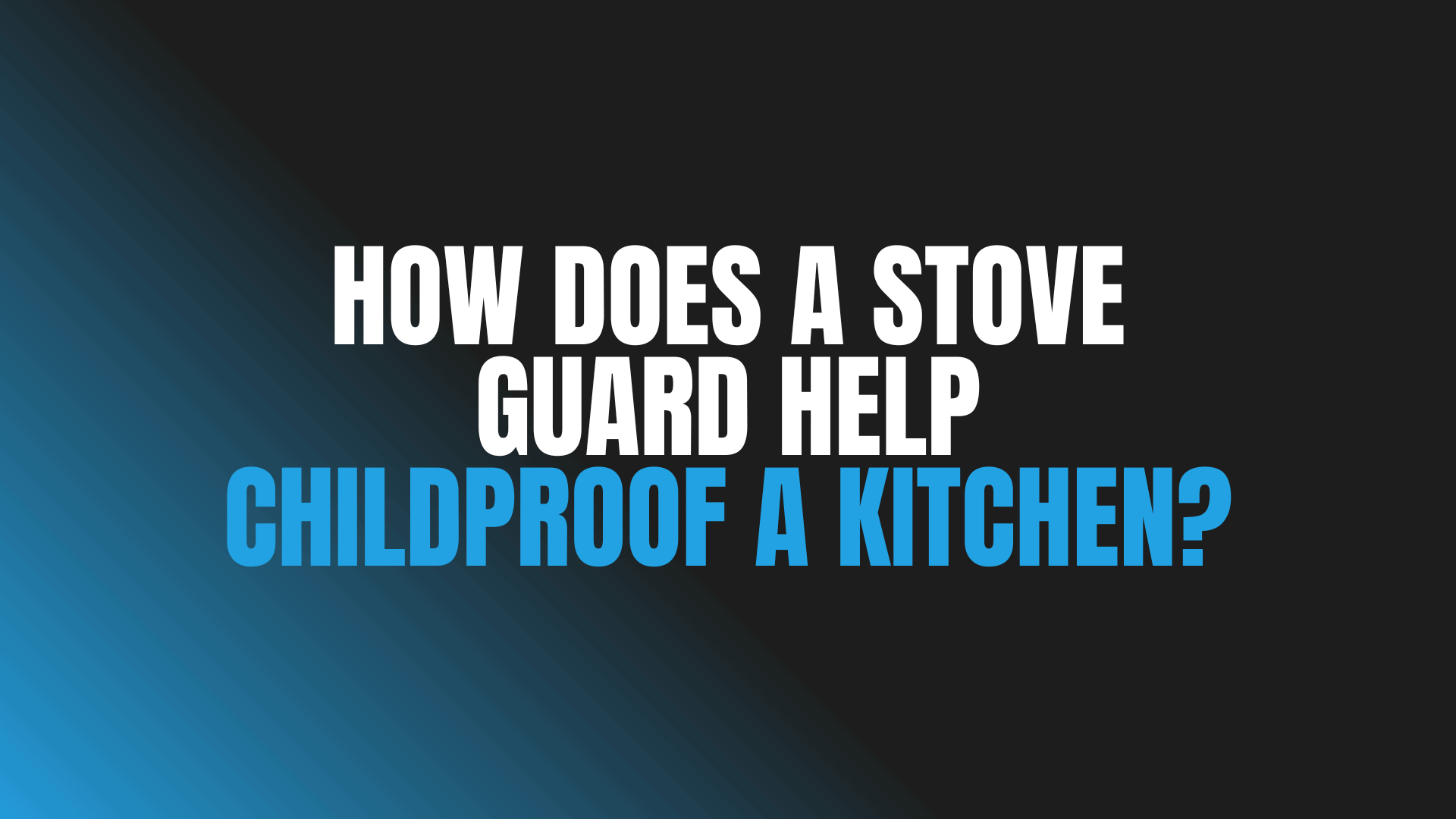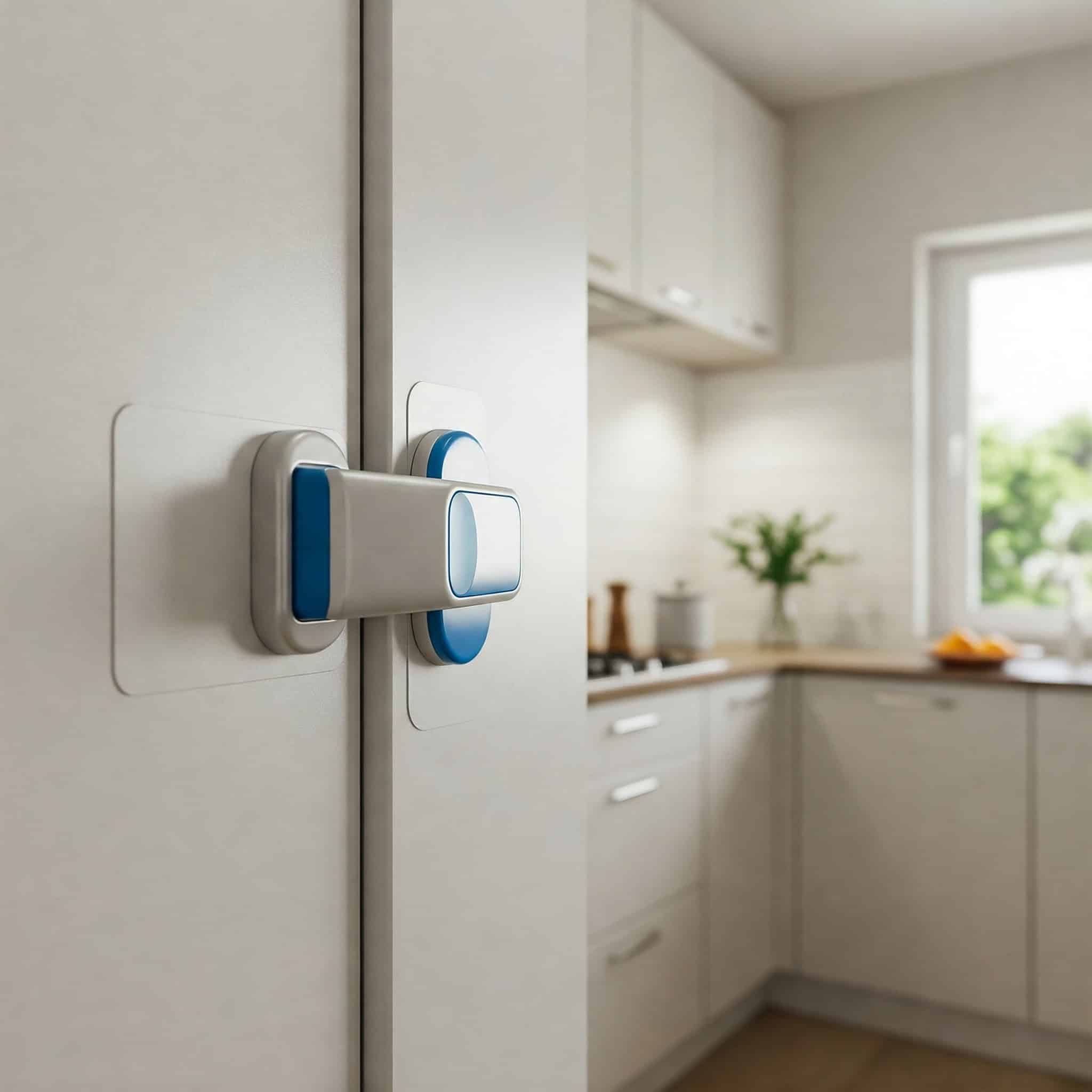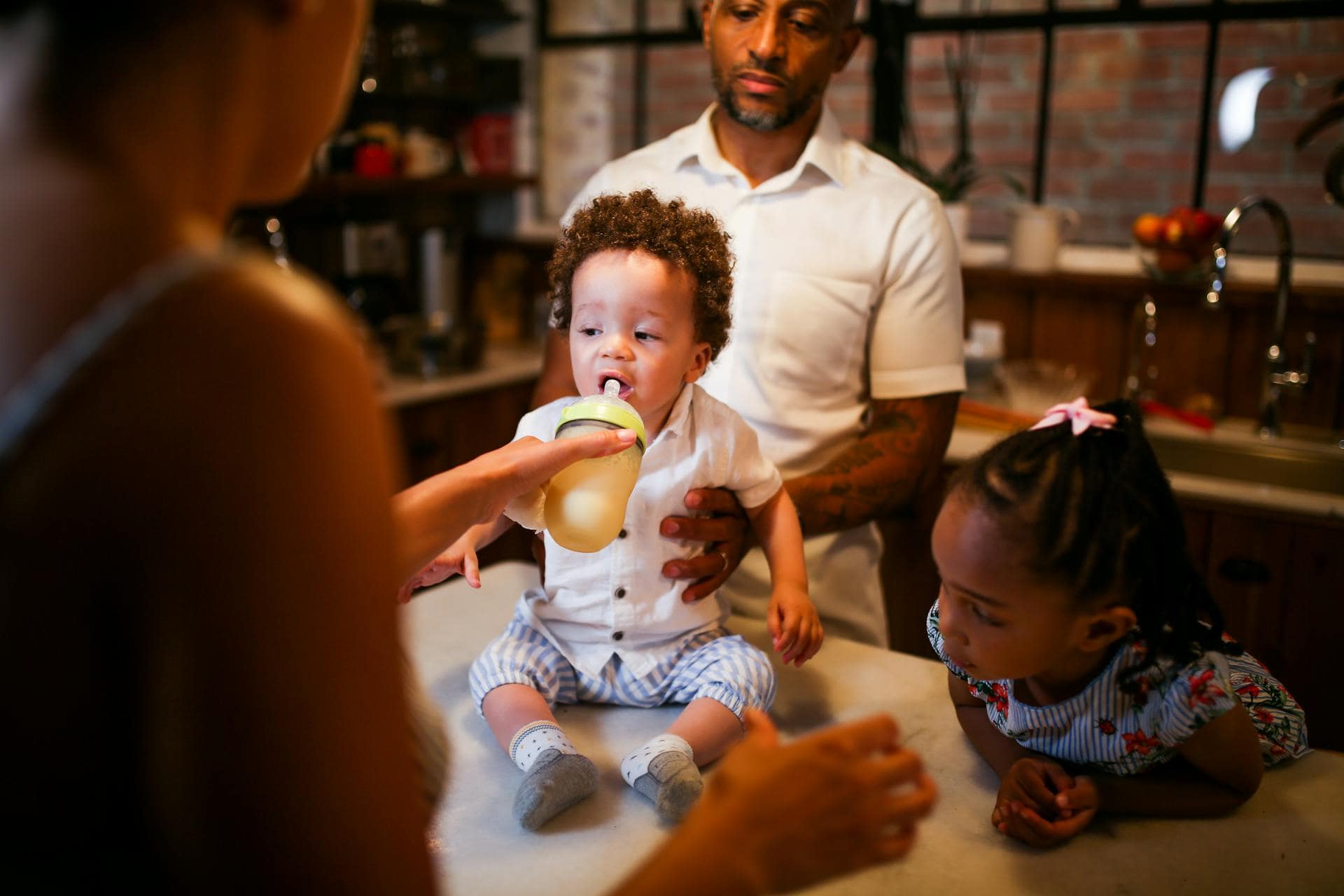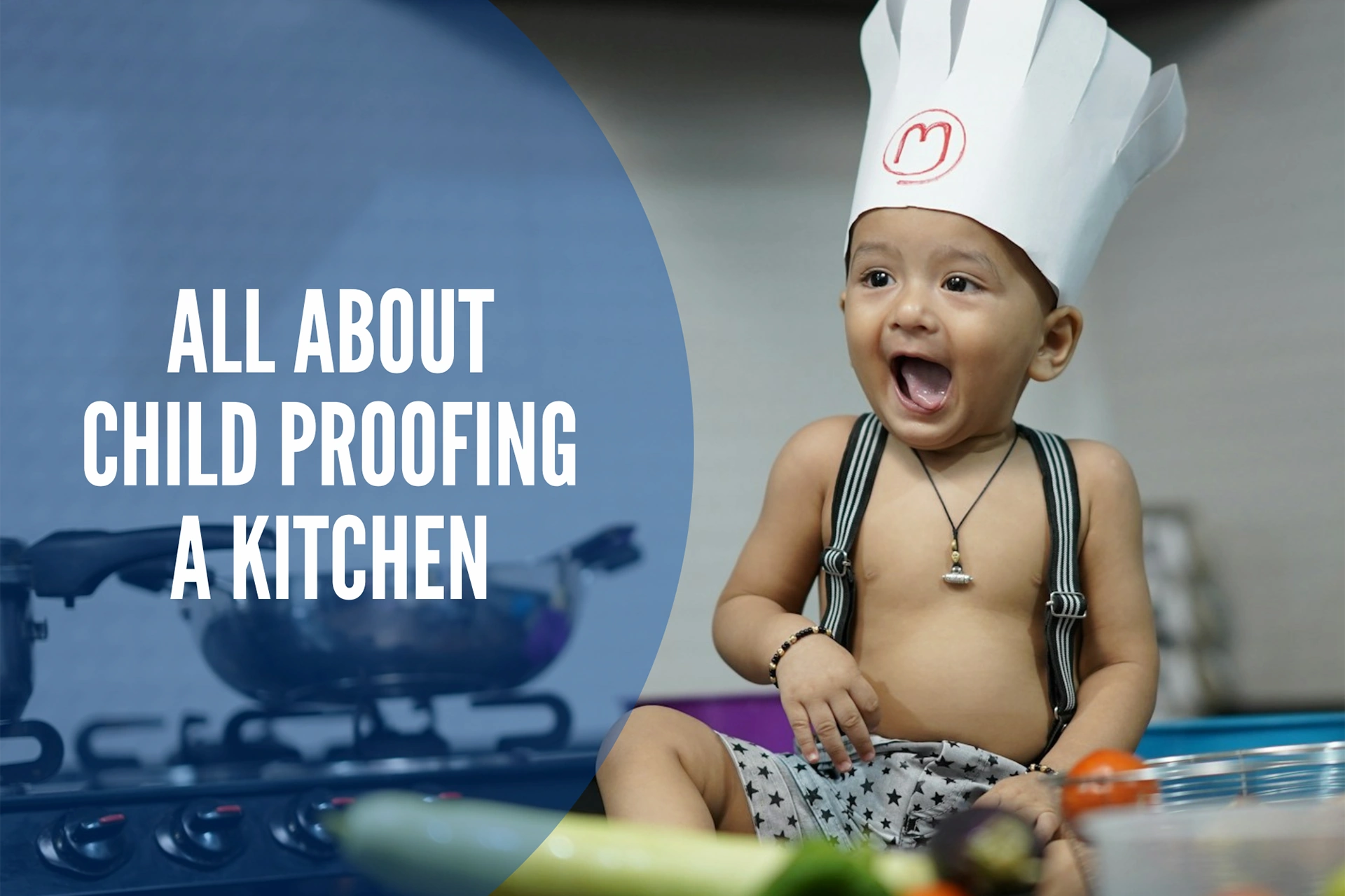
Essential Kitchen Safety for Children
Childproofing your kitchen is not just about preventing accidents; it’s about fostering a safe space where children can explore and learn. Creating a safe kitchen environment for children requires careful planning and action. This guide provides practical steps to child proofing your kitchen. It covers essential safety measures from appliance security to chemical storage, offering a simple yet effective approach to protect your little ones from kitchen hazards.
Appliance Safety
Secure large appliances like refrigerators and ovens with safety straps or latches. These prevent children from opening doors and accessing potentially hazardous items. Consider installing appliance locks for smaller appliances like blenders and toasters. These locks disable appliance function, adding an extra layer of protection.
Unplug small appliances when not in use and store them out of reach. This simple act eliminates the risk of accidental activation by curious hands. Keep cords short and secured, preventing children from pulling appliances down. Cord organizers can manage excess cord length, minimizing tripping hazards.
Click here to learn more about Blue Kitchen Refacing
Related Article: How Do You Childproof a Kitchen?
Stove and Oven Precautions
Install stove knob covers to prevent children from turning on burners. These covers make knobs difficult for small hands to grip or turn. Use a stove guard to block access to hot burners and prevent accidental contact with pots and pans.
Always turn pot handles inward and away from the edge of the stove. This reduces the risk of children reaching and pulling down hot cookware. Never leave cooking unattended, especially when children are present. Supervision remains the most effective safety measure.
Related Article: At What Age Should You Start Baby Proofing a Kitchen?
Related Article: How to Baby Proof an Open Plan Kitchen?
Handling Chemicals and Cleaning Supplies
Store all cleaning products, including dish soap and detergents, in locked cabinets out of children’s reach. Child-resistant packaging is essential but not foolproof. Consider transferring cleaning solutions to clearly labelled, childproof containers for added security.
Keep medications, vitamins, and other potentially harmful substances in a locked cabinet or designated medicine cabinet outside the kitchen. This prevents accidental ingestion. Educate children about the dangers of these substances as they grow older.
Related Article: How Do I Childproof My Kitchen Entrance?
Related Article: How Can We Make the Kitchen Safe for Infants?
Preventing Slips, Trips, and Falls
Use non-slip mats under rugs and in areas prone to spills. These mats provide traction, minimizing the risk of falls. Wipe up spills immediately to prevent slipping hazards. Establish a routine for cleaning up spills promptly.
Keep floors clear of clutter, including toys and shopping bags. Designate a play area outside the kitchen to reduce the temptation to play near potential hazards. Regularly sweep or vacuum the floor to remove small objects that could cause tripping.
Related Article: How to Stay Safe in the Kitchen with Kids?
Related Article: What Can I Use Instead of a Baby Gate?
Fire Safety Essentials
Install smoke detectors and carbon monoxide detectors in the kitchen and throughout your home. Test these devices regularly to ensure proper function. Create a fire escape plan with your family and practice it regularly. Knowing how to react in an emergency can save lives.
Keep a fire extinguisher readily accessible in the kitchen and ensure everyone knows how to use it. Consider attending a fire safety training course to learn how to use a fire extinguisher effectively. Regularly check the fire extinguisher’s pressure gauge and replace it if necessary.
Conclusion – All About Child Proofing a Kitchen
Childproofing your kitchen is a continuous process that requires vigilance and adaptation. Children’s curiosity and abilities change as they grow, demanding regular reassessment of safety measures. Regularly inspect and update your childproofing strategies as needed.
While this guide provides comprehensive safety guidelines, remember that adult supervision remains the most crucial element. No amount of childproofing can replace a watchful eye. Active supervision combined with the safety measures outlined here creates a secure and nurturing kitchen environment for your children.
By implementing these simple yet effective strategies, you can create a safe and enjoyable kitchen environment for your family. Prioritizing kitchen safety reduces risks and gives you peace of mind, knowing your little ones are protected from potential hazards.
Related Articles

Blue Malue Get in touch with Blue here.
